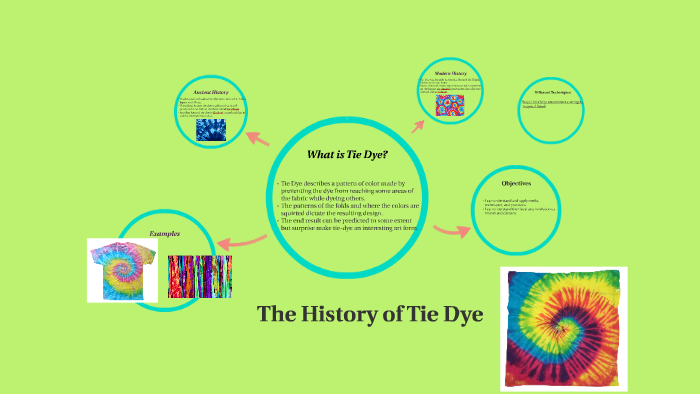tie dye history
There were many versions of tie dye which developed in different places around the world. Origins and Uses in Various Cultures Earliest History of Tie-Dye.
The history of tie dye is a long and storied one.
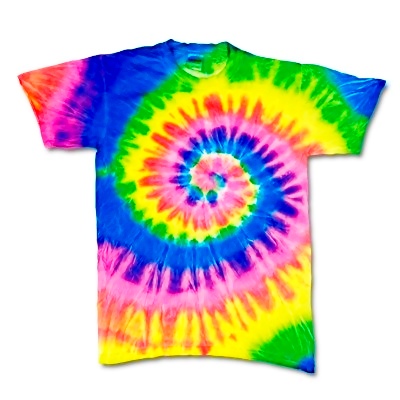
. Tie-dye craft as early as the Eastern Jin Dynasty has been mature. In the United States the rainbow swirls of tie-dye usually bring to mind the counterculture movement of the late 1960s and early 1970s. The ancient art of manipulating cloth through tying stitching knotting or otherwise securing it and then dyeing it to achieve specific coloured patterns binds cultures across space and time.
Origin Of Tie And Dye The origins of this craft are hard to trace to any given region. Thanks to the introduction of squeeze-able liquid dyes from Rit Dye in 1964 followed by the widespread sale of unique tie-dyed shirts at large gatherings like the Woodstock Festival in 1969 also notably funded by Rit Dye those psychedelic swirls came to symbolize peace and rebellion from Maine to Minnesota. The history of tie dye is part of Clothing History and Dye History.
Tie-dye has a long history. Originated in the Yellow River basin. The earliest expressions of Tie Dye The artform of Tie Dye goes back as far as 4000 BCE.
Common fabrics used for dyeing were silk and hemp. The end results are random patterns that are either geometric or loose and free flowing andor combinations of everything in between. Japanese and Indonesians practiced tie-dye as early as the 8 th century though most historians attribute.
Unfortunately her source notes were lost so she has no references. In China they were using tie-dye. It is widely accepted.
The fact however is that the art of tie-dyeing is an ancient process that has been used as early as the 6th Century in countries including Japan India and Africa. This post contains affiliate links. Yep weve gone way back in the time machine here.
While tie-dye became popular in the United States during the hippie era it has actually been a part of American culture since the 1920s. Although not called tie-dyeing. Learn about the history of tie-dye in other cultures and tie-dye your summer.
In ancient times natural dye stuffs were used such as beetroot and lichen but colors were variable and colors faded over many washes. All used natural dyes which came from plants like indigo. Many cultures around the worldfrom.
This was nowhere more evident than in the United States in the 1960s where shibori and adire became anglicized to tie-dye and began to take hold in that eras famous counterculture. It first developed as a Leheriya in Jaipur according to some reports. The History of the Tie-Dye Shirt If you think tie-dye originated in the 1960s think again.
The History of Tie-Dye Shirts Asia. History of Tie-Dye. Indian tie-dye technique Bandhani also known as Bandhni and Bandhej is the oldest tie-dye tradition we know that is still practiced.
- the hippies who introduced tie and dye in america in the 1960s wanted to escape from the harsh social norm of the 1950s and they found that this tie and dye method was a way to convey their free spirited attitudethe hippies considered this as a simple and economical way of portraying their individuality while brightening up the world with. When was tie dye invented is. The term bandhani itself comes from the sanskrit verb bandh which means to to tie.
Large quantities of natural material are needed to generate a small quantity of color. Even before the 1960s tie-dye technique has roots in Indian bandhani and Japanese shibori. Indian cultures practised the technique of bandhani a type of early Tie Dying used to decorate textiles.
Images of Woodstock Jimi Hendrix and The Grateful Dead may dance across your eyes but tie-dyes history stretches far beyond the summer of love and psychedelia. According to records as early as the Eastern Jin Dynasty tied anti dyeing silks and satins had been produced in large quantities. History of Dyes A very handy summary of dye history is Susan Drudings Dye History from 2600 BC to the 20th Century.
During the Momoyama Period from 1568 to 1603 a new type of tie-dye known as tsujigahana appeared. Fabric dyeing has been around since about 4000 BC. Whether brought back by Peace Corps volunteers from West Africa or discovered by backpackers on their travels through Asia theres no mystery to tie-dyes appeal.
The earliest mention of tie-dye in historical records comes from China and Japan. From the earliest surviving examples of tie-dye found in peru dating from around 500 ad to the clamp-and-dye practiced in japan zha-ran of the bai. In both cases the dyeing techniques involve binding areas of fabric before dyeing to create color patterns much as it does today.
Even though fabric was perishable and long ago disintegrated archeologists still established that a variety of stamps could have been used for printing fabric five thousand years ago in Mesopotamia and India. Ken Kesey Jerry Garcia and the Grateful Dead were down there stirring the pot taking LSD and wearing tie-dye shirts and starting a revolution. The earliest tie-dye products in existence were made in Xinjiang.
Tie dye history is about Bandhani Shibori and Adire art forms from Indian Japanese and African cultures. After the United States came out of the Great Depression the popularity of tie-dye dwindled for a while until the psychedelic rumblings started to happen down in San Francisco in the 1960s. While it rose to popularity in America during the heyday of the hippies its roots go back to ancient Asia.
But Muslim Khatris still the central community participating in the skill has been brought to Kutch from Sindh. Tie dye the history of dyePeople have practiced the art of tie dye for as long as they have been adding color to cloth. Tie-Dye History Tie-dye long before the 70s was known as Shibori a Japanese term that encompasses a wide variety of resist-dyeing techniques which have been utilized by different cultures for over 6000 years.
The earliest known record of tie-dye is in Peru in South America. But the first dyeing techniques similar to what we know today as tie dye started in Peru during the Late Stone Age. The use of.
These traditional art forms still exist today. Tie-dye is considered to be a product of pre-history.
/cdn.vox-cdn.com/uploads/chorus_asset/file/19056406/GettyImages_1159258230.jpg)
Tie Dye Why It S Back In 2019 Vox
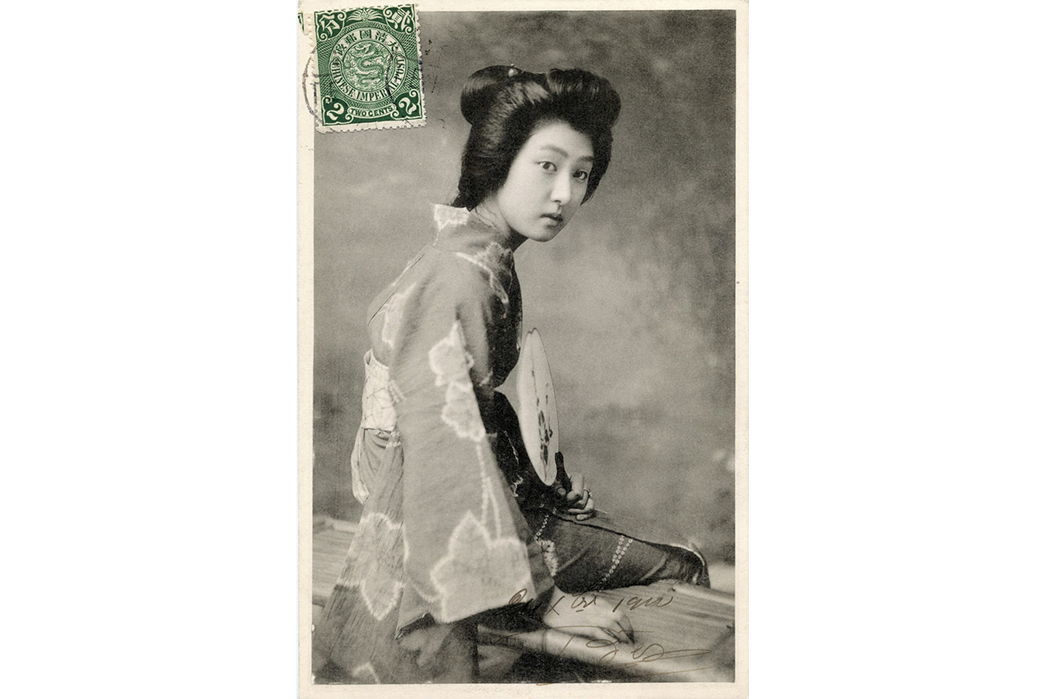
Tie Dye A History Of Shibori Gone Global

The Art Of Tie Dye A Brief History Groovy History

History Of Tie Dye T Shirts The Adair Group
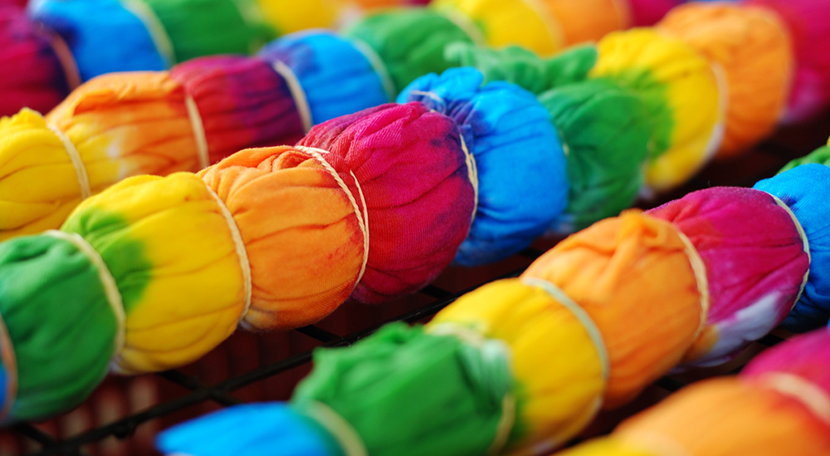
The Entire History Of The Tie Dye Shirt Updated July 2020 The Adair Group
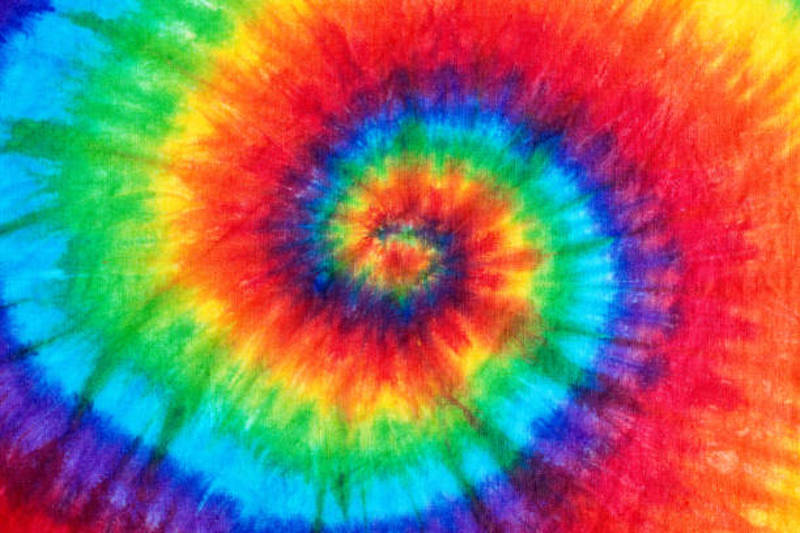
The Free Flowing History Of Tie Dye Extra Chill

Tie Dye History And Its Uses In Various Cultures The Skull And Sword
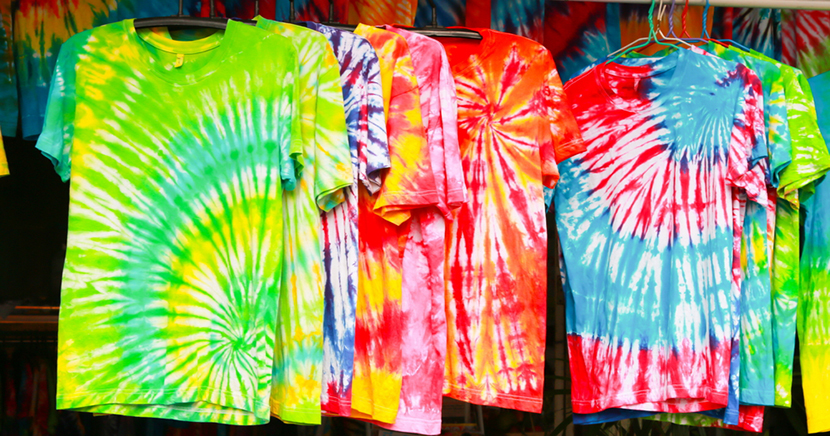
The Entire History Of The Tie Dye Shirt Updated July 2020 The Adair Group

